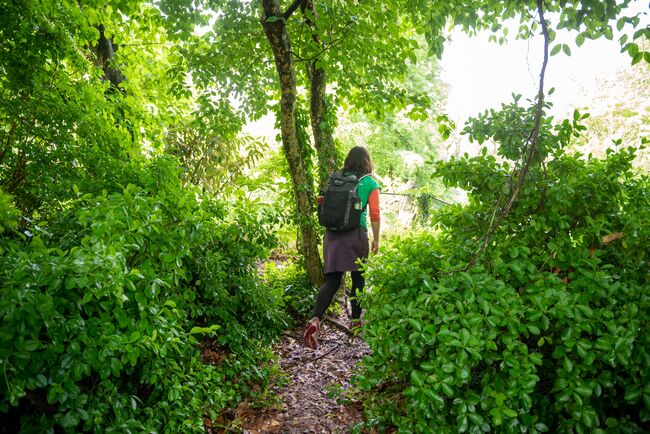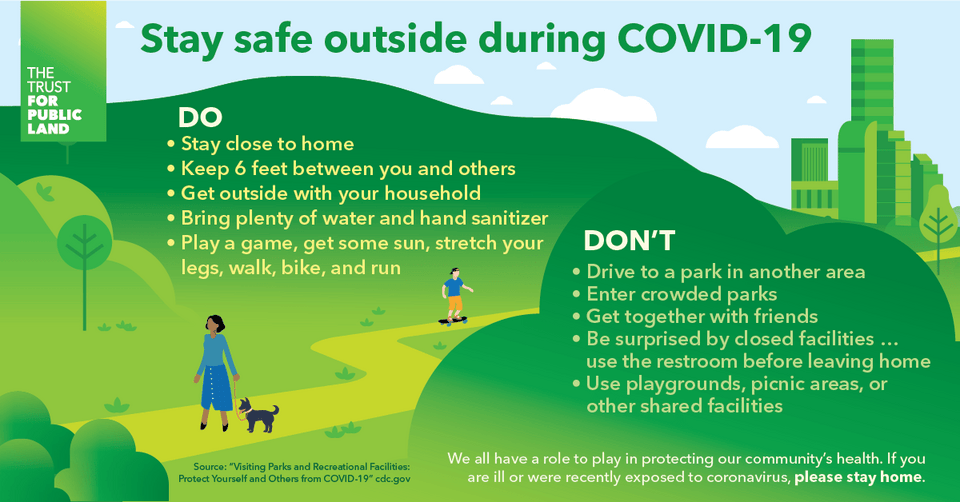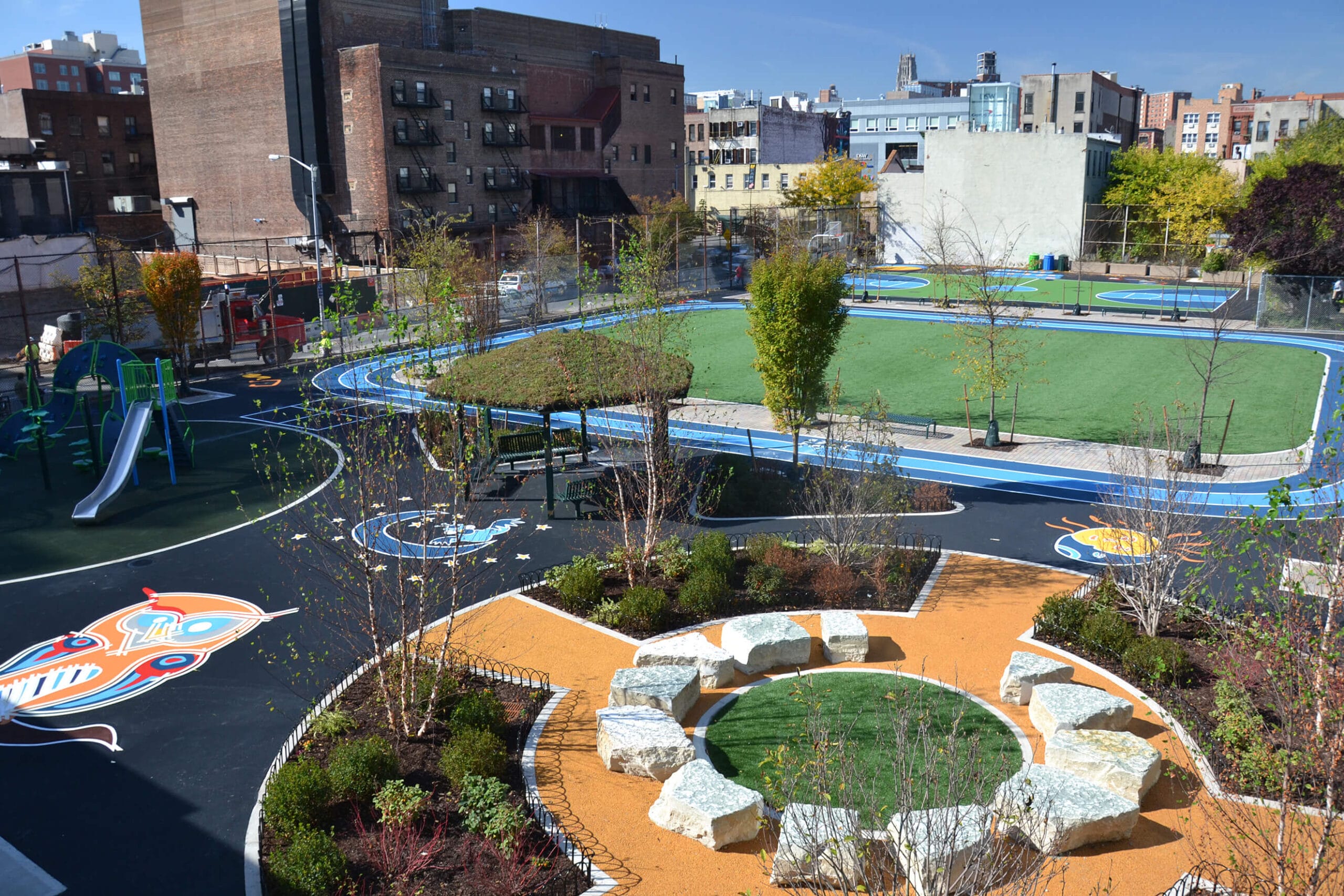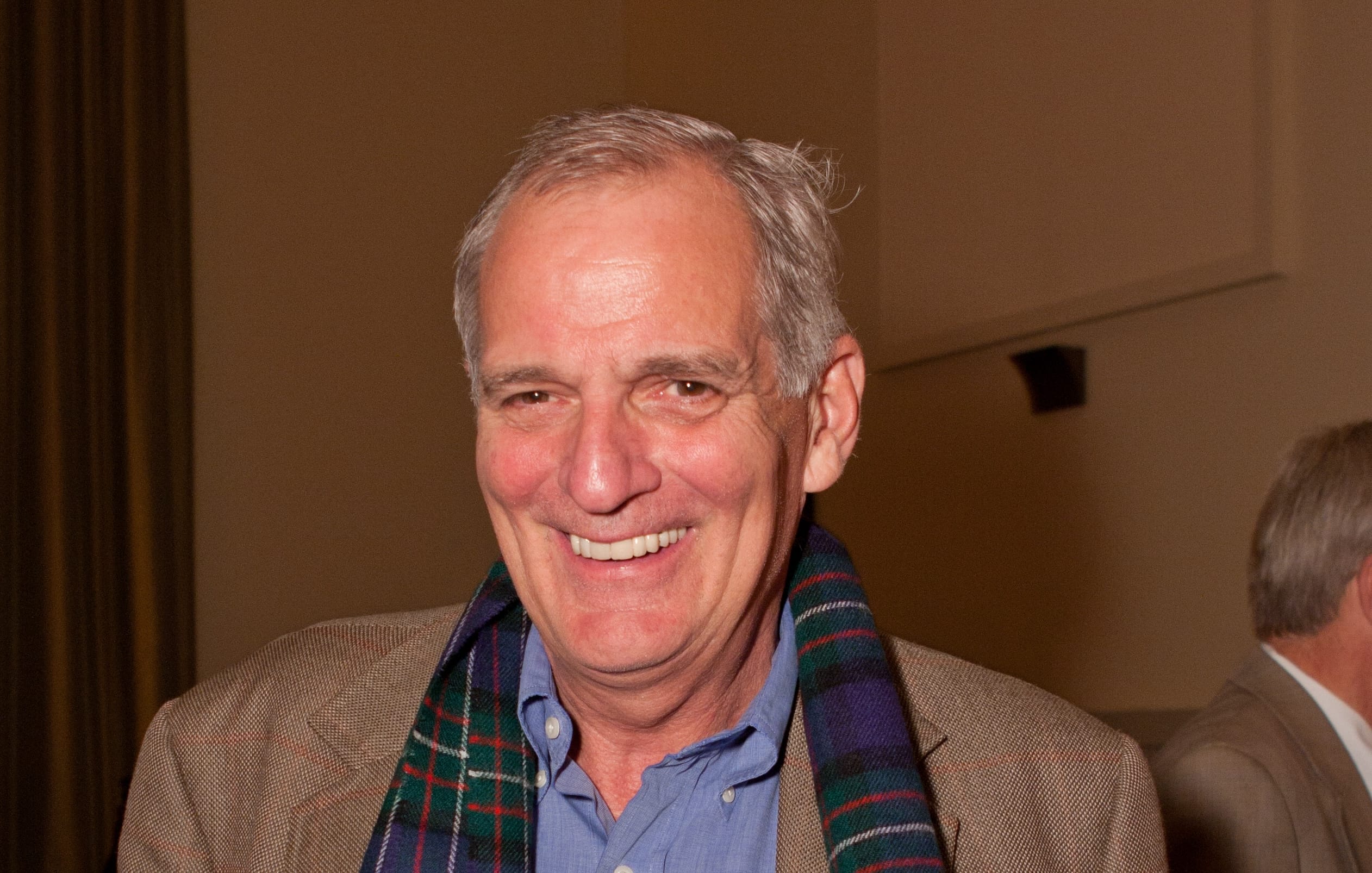
Public health experts answer your questions about getting outside during COVID-19
Public health experts answer your questions about getting outside during COVID-19
Well into the second month of the coronavirus crisis in America, many of us are trying to establish daily routines that both protect our communities from the virus, and sustain our families’ happiness and well-being over the months to come.
There are still more questions than answers about exactly how to pull that off, but one thing’s for sure: safe access to the outdoors has never been more important. “Nature is vital. It’s a source of resilience and healing for communities,” says Sadiya Muqueeth, director of community health at The Trust for Public Land. “The COVID-19 pandemic and its implications will not be short-term. They’ll continue to be felt through anxiety and trauma, and access to nature is an essential ingredient to address these stressors.”
Last week Dr. Muqueeth chatted with our president and CEO Diane Regas for an online Park Bench Chat. They were joined by Dr. Nooshin Razani, MD, MPH, who directs the Center for Nature and Health at the University of California, San Francisco, to take on many of the most common questions we’ve heard from our supporters about staying safe outside during the pandemic.
1. Pandemic or no, what are the clinical benefits of access to nature?
Dr. Razani described long-term, population-level studies showing “that the rates of things like preterm labor, ADHD, cardiovascular disease, and myopia seem to be decreased when people live in and around nature, whether t’s on their street or in a park.” Another area of research has investigated the “before/after” of what Dr. Razani called “small nature experiences,” like taking a walk in a park. “Those one-time experiences show a whole host of benefits, many of them emotional,” Razani said. “Researchers have done brain scans of people before and after a walk in the woods and seen decreased depression.”
 Researchers have documented the clinical health benefits of “small nature experiences” like a stroll in a wooded park.Photo credit: Timothy Schenck
Researchers have documented the clinical health benefits of “small nature experiences” like a stroll in a wooded park.Photo credit: Timothy Schenck
2. Since the start of the pandemic, we’ve seen people gravitate to parks and the outdoors. Why is that?
“Even before COVID-19 hit, Americans were facing a growing epidemic of social isolation and loneliness,” Dr. Muqueeth said. “Research has shown us that these factors can have detrimental effects on other health outcomes, like chronic disease and depression.” As schools, restaurants, places of worship, and gyms have closed to slow the spread of the virus, parks remain a place of connection and communion with others, even if that connection happens in passing, at a six-foot difference. During the crisis, “Parks are elevated as a tool not only for community health, but as essential pieces of the fabric of our communities,” said Dr. Muqueeth.
3. How can we stay safe if we venture outdoors?
Dr. Razani pointed to the CDC’s guidelines for visiting parks during this phase of the pandemic. “These guidelines are based on what we know about the behaviors of other respiratory viruses, like the 1918 Spanish flu, or tuberculosis,” she said.
 Photo credit: cdc.gov
Photo credit: cdc.gov
For a lot of the nitty-gritty questions—is it safe to touch plants? Does the virus spread in swimming pools?—researchers still don’t have clear answers specific to the novel coronavirus. Want to know more? Dr. Razani’s team is hosting a series of upcoming webinars to present research on how the virus behaves and spreads outdoors, since much of the existing scientific knowledge about coronavirus exposure has been gathered in indoor settings.
4. What if my park is closed—or there are no parks close to me?
With her patients, Dr. Razani emphasizes getting outside every single day. “Much of my practice is working with families in a really practical way to figure out how to do that, since we know that green space—like so many amenities in the built environment—is not equitably distributed in America, even before the coronavirus hit.”
But even in neighborhoods where concrete reigns, and wilder open spaces are too few and far between, Dr. Razani helps her patients and their families get to know the nature they do have: “Whatever their familiar landscape is, kids have the right to explore it, be creative, and experience joy in it. There’s a lot of fun that happens on concrete too. By no means should that be the only landscape that a child has access to. But I just really try to help them love their world, and then, fight fiercely for their right to nature, without making families feel bad if they don’t have it.”
5. What does it mean for our most vulnerable communities to not have a park right now?
Access to green space is one facet in a kaleidoscope of environmental conditions that researchers use to define and measure public health, alongside factors like food insecurity and exposure to toxins. “Over last several decades we’ve been understanding that social factors have biological consequences,” Dr. Razani said.
In Oakland, California, for instance, people living within a mile of each other have a 14-year difference in lifespan. Researchers attribute some of that divide to income—but race is an independent risk factor for many health outcomes, including the coronavirus: in many communities, people of color are dying from the virus at much higher rates. “To say it bluntly, it’s racism that is causing the difference in lifespan with coronavirus,” said Dr. Razani. “It’s a reflection of our society. If we don’t fix racism, that has really big health consequences for all of us, because we’re all connected.”
We want to hear from you! Are you turning to nature to cope with the pandemic? Let us know in the comments, or head over to our Facebook page to discuss.


Donate to become a member, and you’ll receive a subscription to Land&People magazine, our biannual publication featuring exclusive, inspiring stories about our work connecting everyone to the outdoors.
See how our supporters are helping us connect people to the outdoors across the country.











